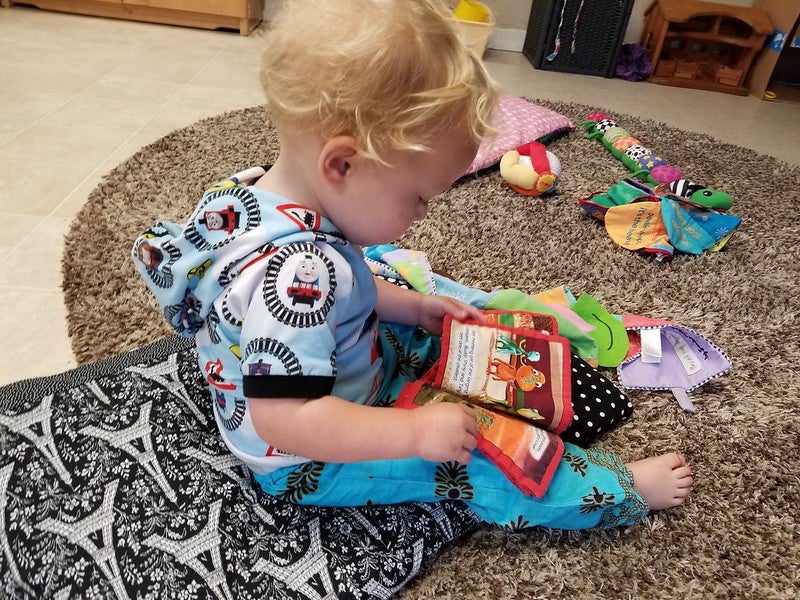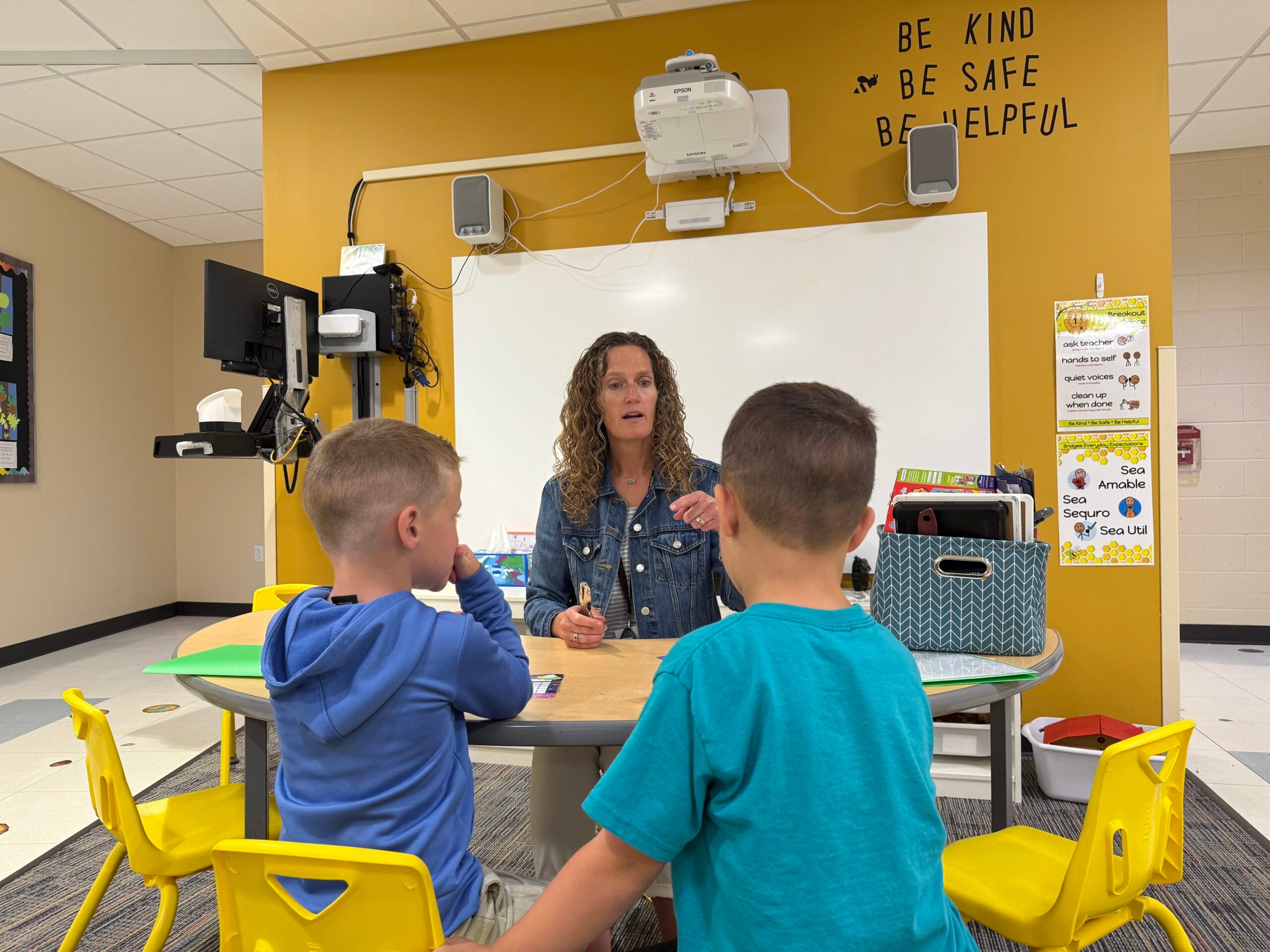Younger children have attention spans of 10 to 15 minutes when they’re working on tasks, said assistant research professor GG Weisenfeld of the National Institute for Early Education Research at the Rutgers Graduate School of Education.
That probably comes as no surprise to parents with a seemingly impossible double-duty task of working from home and taking care of their little ones. In the new-world realities brought on by COVID-19, the disease spread from the new coronavirus known as SARS-CoV-2, early childhood specialist Lorena Mancilla urges parents and guardians to be kind to themselves while figuring out what works.
“Children need regulated, healthy parents more than anything else during this period of social distancing and shelter-in-place orders,” she said. “Life happens. Schedules may not work. It’s okay. Do what you can to keep your children safe.”
News with a little more humanity
WPR’s “Wisconsin Today” newsletter keeps you connected to the state you love without feeling overwhelmed. No paywall. No agenda. No corporate filter.
Weisenfeld said parents inherently are teachers. She said your behaviors set examples for your children who easily learn by doing ordinary things such as sharing a book, having a conversation or playing with bubbles in the kitchen sink.
“Take this opportunity to create and provide high-quality educational experiences at home for your children,” she said.
A University of Wisconsin-Madison educator and family engagement researcher, Mancilla and her team of early years specialists at WIDA, and Weisenfeld offered the following tips for guardians, whether they’re on the verge of burnout or looking for ways to spice up learning at home.
Create A Schedule
No, your toddlers aren’t going to follow this without your guidance, and yes, you should still create one. Schedules are important because they help with consistency, and that’s important for young children, the WIDA (World-class Instructional Design and Assessment) team said.
Some tips include building a schedule that keeps your child on similar meal and nap routines that they have at their child care facility. Also build in hands-on and child-led activities, making sure there are plenty of sensory activities for them such as making sill putty, edible glitter finger paint or digging for (spaghetti noodle) worms. Mancilla said this gives children a sense of agency.
Guardians can work with their children to make a visual chart of daily activities and responsibilities. It’s important to do this with your child and ask them to check items off as they’re completed. One example is to create a paper chain, with each link representing a daily activity. When the activity is done, the child can tear off the link.
The same method can be used to reward a child with something they want after they remove all links that represent completion of certain activities or demonstration of certain behaviors.
Each morning review the day’s plan with your child and use a visual cue to help you, for example a kid-friendly schedule that you keep posted on the refrigerator. Focus on anything special or different.
Gather Resources
The WIDA team recommends gathering resources that kids can use during unstructured activity time, for example playing in a bin of sand, uncooked rice or water. It’s easier to do this on the porch or a hard surface for easier cleanup. Make sure to provide plenty of scoops and containers.
Gather drawing and coloring utensils and other items around your house that would be safe for kids, such as measuring cups, plastic bowls or other items you might see in their child care centers.
“You would be surprised at how engaged toddlers can be as they play with materials that have a variety of textures,” Mancilla said.
Get Outside
Heeding social distancing measures, it’s crucial to get your kids outside for play, the WIDA team said. While parks with playground equipment might be out of the question, you can still go for walks, play in your own yard or explore the neighborhood.
In Madison, someone designed a scavenger hunt at a local park. Country-wide, neighbors and teachers are putting rainbows, teddy bears and other items in windows that children can count as they walk past.
Create A Play Space
Along with your kids, create a separate spot in your home where they can play, but make sure that it’s within your view. This might be a great opportunity to have kids build a fort using pillows and blankets.
They can fill this space with their favorite toys or materials.
Another fun activity is to take some of your children’s toys and sort them into different boxes, bags or bins. Then, each day, bring out a new batch. At the end of the day and with the child’s help, put those items away in preparation for a new box the next day.
Be Interactive
Children learn by interacting with other people, so be willing to participate in interactive games, songs and reading time. These connections will be helpful to children whose normal routines have been disrupted.
Children can get this kind of connection from each other in a household or from a guardian.
Weisenfeld said that another way to build connections is through video chats. They can use this time to sing a song together or share “dress-up” outfits. This could also be a time to have children connect virtually with family members who aren’t present in the home.
She said it’s OK during this time to relax some house rules that are normally in place, but she said children tend to find consistency reassuring. If you do change rules, communicate that to your kids and keep those rules consistent.
Wisconsin Public Radio, © Copyright 2025, Board of Regents of the University of Wisconsin System and Wisconsin Educational Communications Board.







